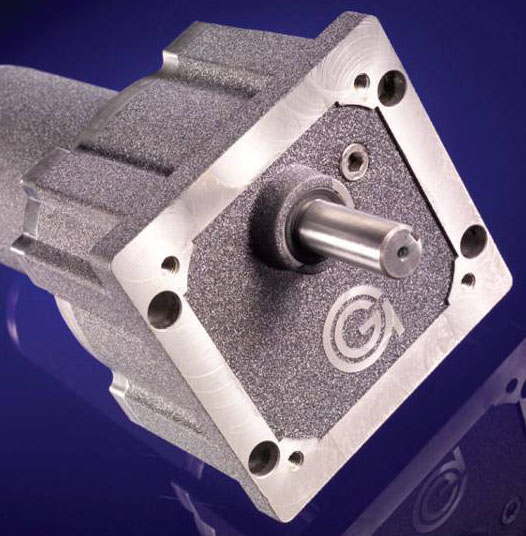Mobile:+86-311-808-126-83
Email:info@ydcastings.com
Water Jet Propulsion System for Efficient Impeller Design and Optimization Techniques
The Evolution and Application of Water Jet Impellers
Water jet impellers have emerged as a pivotal technology in various fields, particularly in marine engineering, industrial applications, and even in recreational boating. Utilizing high-pressure water jets for propulsion or power generation, these devices are engineered to optimize fluid dynamics for enhanced performance. To understand their significance, it is essential to explore the mechanics, benefits, and applications of water jet impellers.
Mechanics of Water Jet Impellers
At the heart of a water jet impeller is the principle of converting kinetic energy from a moving fluid into thrust. The impeller consists of blades that rotate at high speeds, drawing water in from the surrounding environment. This water is then accelerated through a nozzle, which reduces its cross-sectional area, resulting in a significant increase in velocity according to the principles of conservation of mass and energy. The high-speed jet of water exiting the nozzle produces thrust in the opposite direction, propelling the craft forward.
The design of water jet impellers varies significantly based on their intended use. Factors such as blade shape, pitch, and the number of blades can influence efficiency, speed, and maneuverability. Modern technologies have led to the development of mixed-flow and axial-flow impellers, each offering distinct advantages depending on the specific application.
Advantages of Water Jet Impellers
One of the primary benefits of water jet impellers is their ability to operate in shallow waters where conventional propellers might risk striking the seabed. They provide greater versatility for various vessels, making them ideal for recreational boats, rescue vessels, and military crafts. Moreover, they reduce the risk of cavitation, which can damage propellers and decrease efficiency in typical propeller-driven systems.
In addition to their operational advantages, water jet impellers are known for their high efficiency and quick response times. The design allows for rapid acceleration and deceleration, providing superior maneuverability. This makes them particularly advantageous in demanding environments, such as navigating through tight waterways or performing emergency maneuvers.
water jet impeller

Another notable advantage is their safety factor. Traditional propellers present hazards to swimmers or marine life, but water jet systems mitigate such risks since the water is drawn in from behind and expelled forward, creating a safer zone around the vessel.
Applications of Water Jet Impellers
The applications for water jet impellers are vast and varied. In the marine industry, they are widely used in pleasure boats, high-speed ferries, and military vessels. Their ability to maintain speed while operating in shallow waters allows for greater accessibility to various aquatic environments, which can be crucial for both commercial and recreational purposes.
In industrial contexts, water jet impellers are employed in dredging operations, where the efficiency of water jets can be harnessed to remove sediment from waterways. They are also useful in wastewater management, where high-pressure water can aid in the breakdown and removal of debris and pollutants, facilitating cleaner water output.
In the realm of research and development, water jet technology is utilized in various experimental setups, including hydraulic modeling and testing of aquatic systems. This allows engineers and scientists to study fluid dynamics in controlled environments, leading to advancements in aquatic vehicle design and hydrodynamics.
Recreational sports have also embraced water jet technology, with personal watercraft (PWCs) being a prime example. These jet skis leverage water jet propulsion for exhilarating speeds and agile handling, thereby enhancing the thrill of water sports.
Conclusion
Water jet impellers represent a significant advancement in engineering and design, merging efficiency with safety and adaptability. Their applications span various industries, from maritime transport to environmental management, while their unique benefits set them apart from traditional propulsion systems. As technology continues to evolve, the future of water jet impellers holds the promise of further innovations, potentially leading to even more efficient designs and broader applications that could change the way we navigate and manage water systems. Embracing the potential of this technology will be crucial for optimizing performance in an increasingly diverse array of fields, ensuring that water jet impellers remain at the forefront of modern engineering solutions.
-
Why Should You Invest in Superior Pump Castings for Your Equipment?NewsJun.09,2025
-
Unlock Performance Potential with Stainless Impellers and Aluminum End CapsNewsJun.09,2025
-
Revolutionize Your Machinery with Superior Cast Iron and Aluminum ComponentsNewsJun.09,2025
-
Revolutionize Fluid Dynamics with Premium Pump ComponentsNewsJun.09,2025
-
Optimizing Industrial Systems with Essential Valve ComponentsNewsJun.09,2025
-
Elevate Grid Efficiency with High-Precision Power CastingsNewsJun.09,2025











